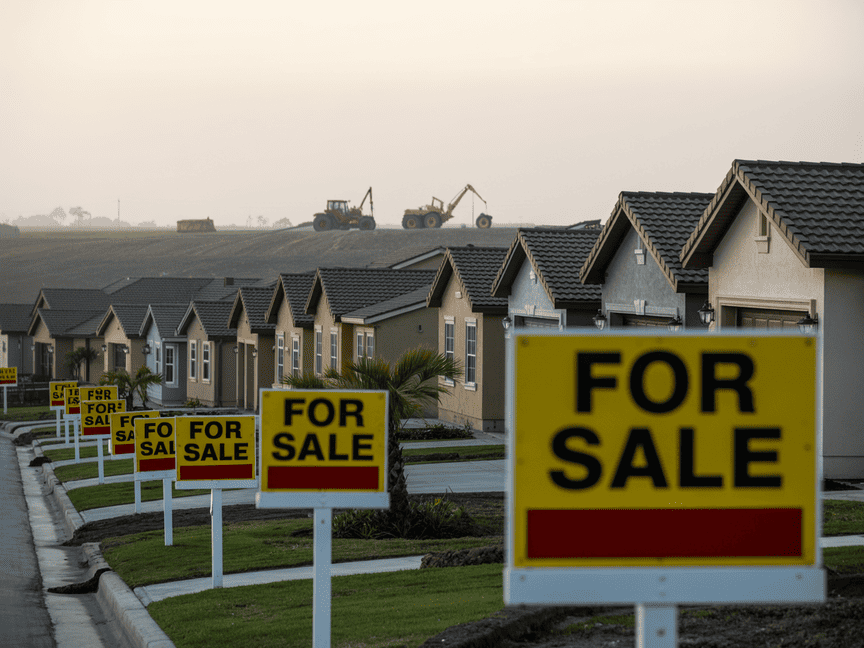National new home sales saw a modest increase in June, but the Western United States, including California, experienced another month of decline, raising concerns about buyer hesitancy and builder slowdown.
According to data released by the U.S. Census Bureau and the Department of Housing and Urban Development, sales of new single-family homes inched up 0.6% month-over-month to a seasonally adjusted annual rate of 627,000 units in June. While this figure represents a rebound from May’s significant drop, it fell short of the expected 650,000 units and was 6.6% below the sales levels from June 2024.
Sales activity showed strong regional disparities. The South and Midwest posted monthly increases of 5.1% and 6.3% respectively. In contrast, the Northeast dropped sharply by 27.6%, and the West declined 8.4%. This regional divide reflects a growing uncertainty in housing demand, especially in states like California where affordability and market saturation remain critical issues.
Rising Inventory Raises Caution
New home sales in the West have now declined for two consecutive months. With the Federal Reserve’s interest rate policies keeping mortgage rates volatile, homebuyers appear hesitant. Mortgage rates rose in early July but dipped later in the month, contributing to buyer indecision.
Meanwhile, inventory is rising. The number of new homes for sale reached 511,000 in June — the highest level since September 2007. At the current sales pace, it would take 9.8 months to sell off all existing inventory if no new homes were built. That absorption rate is well above the 6-month benchmark considered a balanced market.
Builders in the West, including those in Los Angeles County and the San Gabriel Valley, are already scaling back. High land costs, labor shortages, and softening buyer demand are leading developers to pause or cancel upcoming projects.
Builder Slowdown May Continue
The impact of slowing new home sales may be felt across the construction sector. With inventory piling up and sales lagging, residential construction could slow over the next several months.
A prolonged decline in new home sales could also affect local economies, particularly in communities that rely on residential development as a key economic driver. In the West, that includes many parts of Southern California, such as Irwindale and Baldwin Park, where new housing permits have already begun to taper off.
For prospective buyers, this shift may eventually bring price adjustments or incentives from builders eager to move existing inventory. For now, though, most are staying on the sidelines, watching interest rates and inflation figures closely.
Outlook for July and Beyond
Forecasts for July suggest continued sluggishness in new home sales. Rising inventory and fluctuating mortgage rates may keep buyers hesitant, especially in high-cost regions like the West.
As of late July, some relief has been seen in mortgage rates, but whether this is enough to reenergize buyer interest remains to be seen. Until market conditions stabilize, new home sales — especially in the West — may struggle to gain consistent traction.
For communities in the San Gabriel Valley and beyond, this could mean slower growth and fewer housing starts through the end of the year.
The Census Bureau’s full monthly report on new home sales is available at www.census.gov/construction/nrs.


